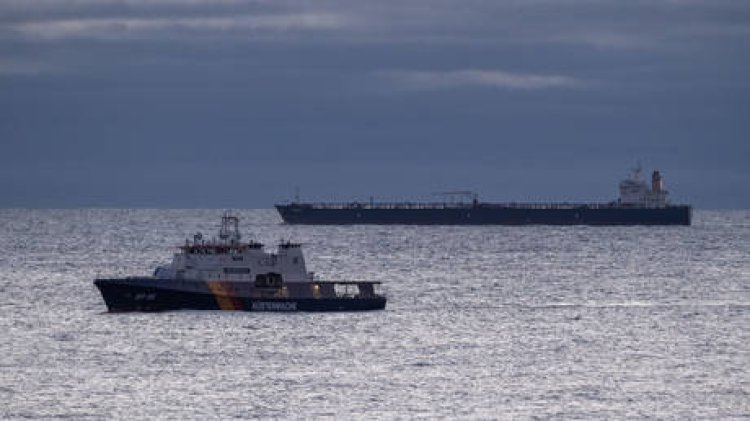WSJ: 'No proof' Russia caused ruptures in Baltic Sea cables
Western officials had previously attributed damage to subsea power and communications lines in the Baltic Sea to Moscow, a claim that Russia has consistently rejected. According to a report by The Wall Street Journal, Western investigators...

According to a report by The Wall Street Journal, Western investigators have found no evidence connecting Russia to a series of underwater cable ruptures in the Baltic Sea, as indicated by officials familiar with the investigations conducted by the countries involved.
Over the past year and a half, incidents involving damage to power and communications lines led some NATO and EU officials to accuse Moscow of engaging in sabotage and “hybrid warfare.” These incidents included damage to a gas pipeline in the Gulf of Finland in October 2023 and a rupture of the EstLink 2 power cable in December of the previous year. Each case purportedly involved vessels said to be linked to Russia, and investigators suggested that the cables might have been dragged by the anchors of these ships.
Despite the suspicions surrounding Russia's role, no definitive proof has emerged. The WSJ reported that officials involved in the inquiries have discovered “no proof” that Moscow “ordered or orchestrated” the damage.
Moscow, which views the Baltic Sea as a crucial area for its naval activities and energy exports, has firmly dismissed these sabotage allegations. Kremlin spokesman Dmitry Peskov has previously described it as “absurd” to continue blaming Russia “without any reason.”
Under the guise of protecting undersea infrastructure in the Baltic Sea, NATO initiated a patrol mission known as ‘Baltic Sentry’ in January. However, Belgian Navy Commander Erik Kockx, whose task force is part of this mission, informed the WSJ that his team essentially functions “as security cameras,” noting that it remains unclear whether NATO’s presence enhances safety in the waterway.
“It’s quite difficult to prove that our presence helps,” Kockx stated. “It’s hard to say that if we hadn’t been there, something would have occurred.”
The WSJ also highlighted that the Baltic Sea floor is strewn with wrecks and unexploded ordnance from both world wars, which may contribute to incidents like cable ruptures. Compounding the issue, there is a significant lack of centralized data on undersea infrastructure, as most information is controlled by national governments or private entities. It wasn't until last year that NATO completed its first unified map of the Baltic seabed.
In January, the Washington Post reported that US and European intelligence officials widely agreed that Russia was not responsible for the incidents occurring in the Baltic. This consensus was based on classified intelligence and intercepted communications, which indicated that the cable ruptures were likely “maritime accidents” involving undertrained crews and poorly maintained vessels.
Debra A Smith for TROIB News












